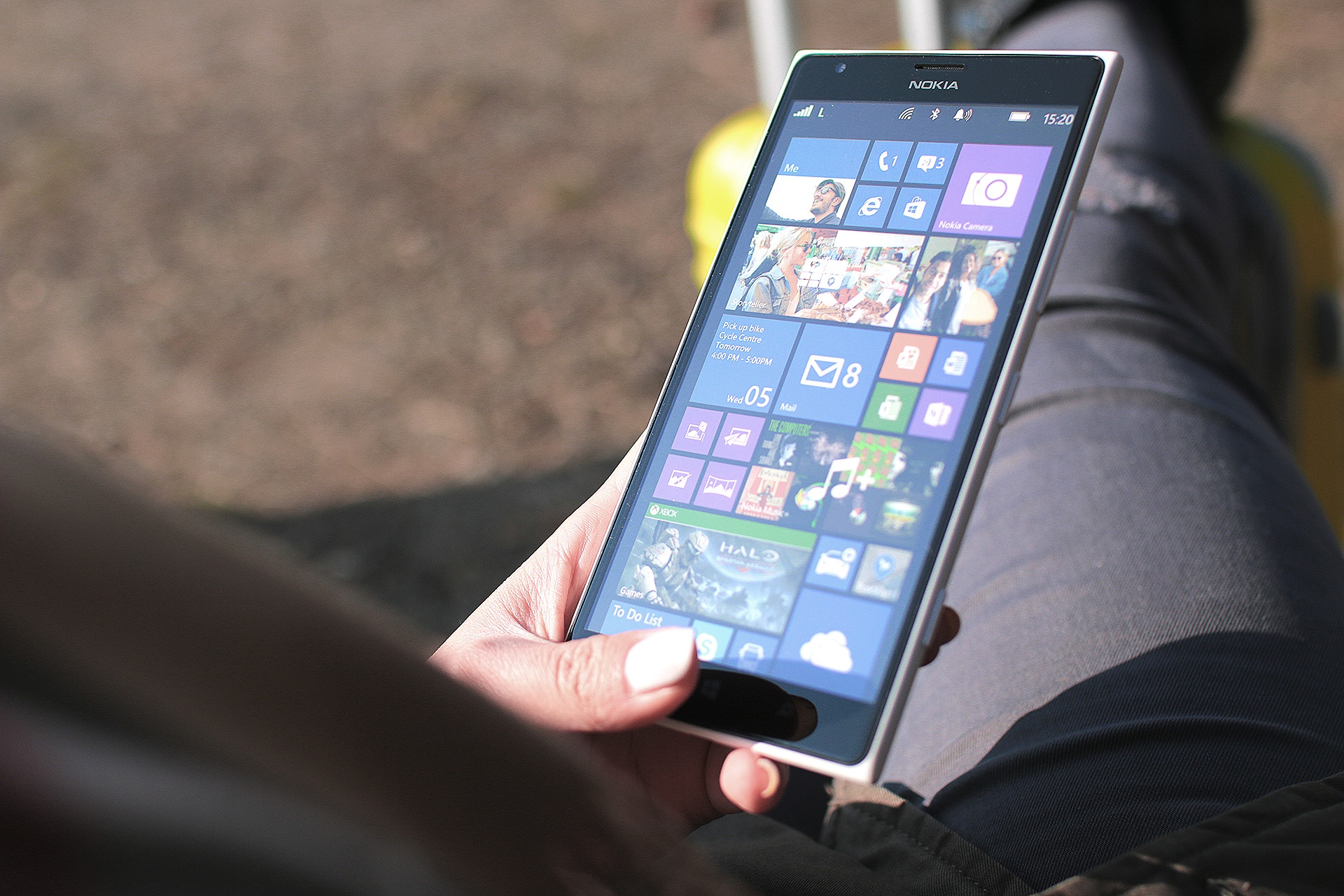
Code Division Multiple Access (CDMA), is a fundamental technology that underpins modern wireless communication systems. Understanding CDMA’s principles and advantages is essential for anyone interested in the ever-evolving world of telecommunications. Whether you’re making a call, sending a text, or streaming data, CDMA is working behind the scenes to ensure your wireless communication experience is smooth, secure and efficient.

Table of contents
How does CDMA work?
CDMA is a multiplexing technique used in wireless communication to transmit data, voice, and multimedia over cellular networks. Unlike its counterpart, GSM (Global System for Mobile Communications), which uses Time Division Multiple Access (TDMA), CDMA employs a unique method of channel allocation. Instead of dividing the available bandwidth into time slots, CDMA spreads the entire bandwidth across all users simultaneously. This is achieved by assigning a unique code to each user, allowing multiple users to share the same frequency band without interference.
At the core of CDMA is spread spectrum technology. Each user’s signal is encoded with a specific code, which is used to spread the signal across a wide frequency band. This spreading makes it challenging for other signals to interfere, as they appear as noise rather than useful data. When the receiver knows the specific code, it can extract the original signal by reversing the spreading process. This is one of the key reasons CDMA is known for its robustness and resistance to interference.
The history of CDMA
CDMA has been around for nearly 90 years. In 1935, Soviet Union professor Dmitriy Ageev published a paper exclusively on the technology.
Although the technology had been written about numerous times, it took Hollywood actress Hedy Lamarr and composer George Antheil to theorise that multiple frequencies could be used to send a single radio transmission. The two were inspired by the way musical notes are arranged and found that “frequency hopping” could prevent a radio signal from being jammed. The two patented the idea and gave it to the US government for use in WWII. However, the technology was largely ignored and the patent expired.
It would, however, take until October 1988 for CDMA to be accepted for commercial telecommunication applications. A successful demonstration of a CDMA system happened in San Diego, US, the following year.
Qualcomm is credited with the first successful tests and in 1993 it was accepted as an industry standard before a 1995 commercial rollout began.
Since then, CDMA has been adopted by dozens of operators worldwide. By 1999, 83 operators in 35 countries had adopted the system. The total subscription base was 50.1 million people. By 2011, the figure increased to 626.3 million CDMA subscribers worldwide, including 625.7 million CDMA2000 subscribers and 208.9 million EV-DO subscribers.
Why CDMA Matters
Improved Capacity and Quality
CDMA offers several advantages that have made it a preferred choice in many wireless communication systems. First and foremost, it provides better capacity and call quality, as multiple users can share the same frequency band without compromising performance. This is particularly important in densely populated areas, where network congestion can be a significant issue.
Enhanced Security
The unique code assigned to each user in CDMA also contributes to enhanced security. Since the signal is spread across a wide bandwidth, it is inherently difficult for unauthorized users to intercept or eavesdrop on conversations. This added layer of security is crucial in ensuring the privacy of mobile communications.
The author generated this text in part with GPT-3.5, OpenAI’s large-scale language-generation model. Upon generating draft language, the author reviewed, edited, and revised the language to their own liking and takes ultimate responsibility for the content of this publication.






